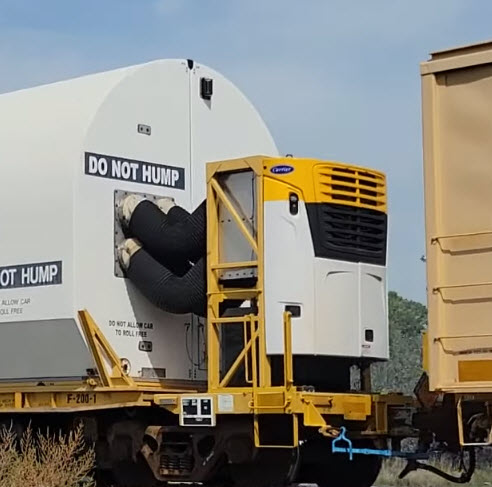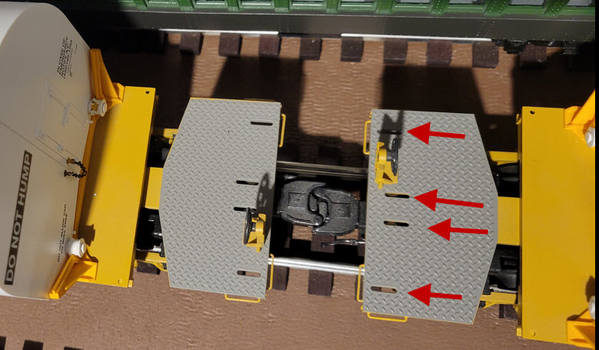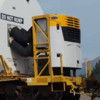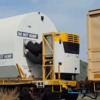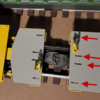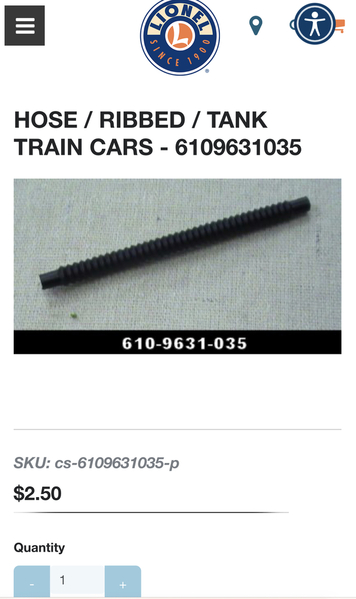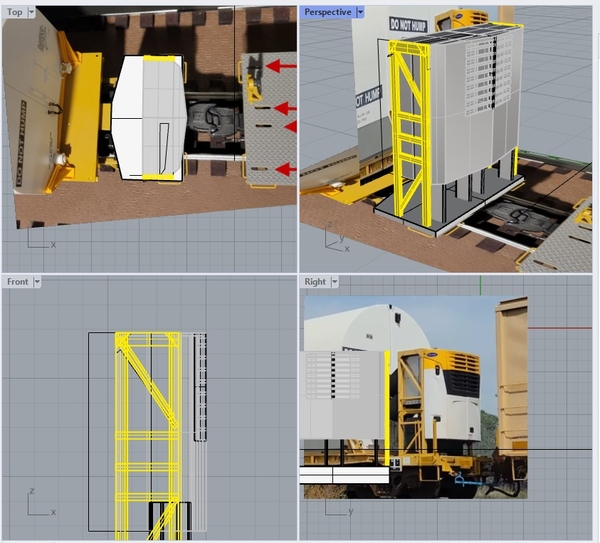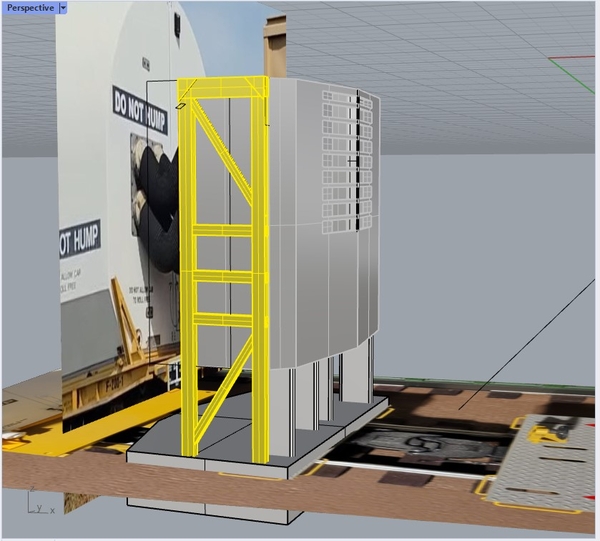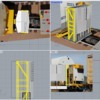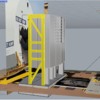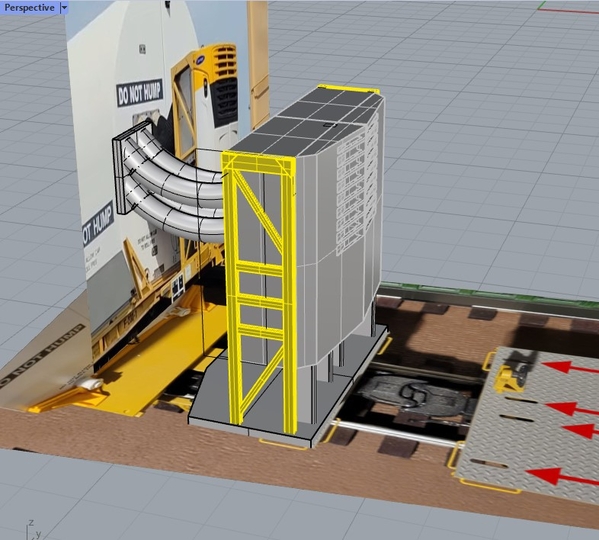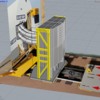Has anyone printed the A/C units for the Rocket Booster Train? I was watching a video or two, and noticed the first couple of booster sections on the train had large A/C units on the booster cars. These look like a cool addition to the booster train. Naturally, they'd need that little Carrier logo on them. ![]() I did wonder why all the boosters didn't have that provision, maybe something special about the booster sections in the A/C equipped modules?
I did wonder why all the boosters didn't have that provision, maybe something special about the booster sections in the A/C equipped modules?
I'm surprised that this wasn't an option with the booster car set, there's even slots to mount them on the cars! You might have to dispense with the brake wheel, but I see the prototype doesn't have those anyway.





